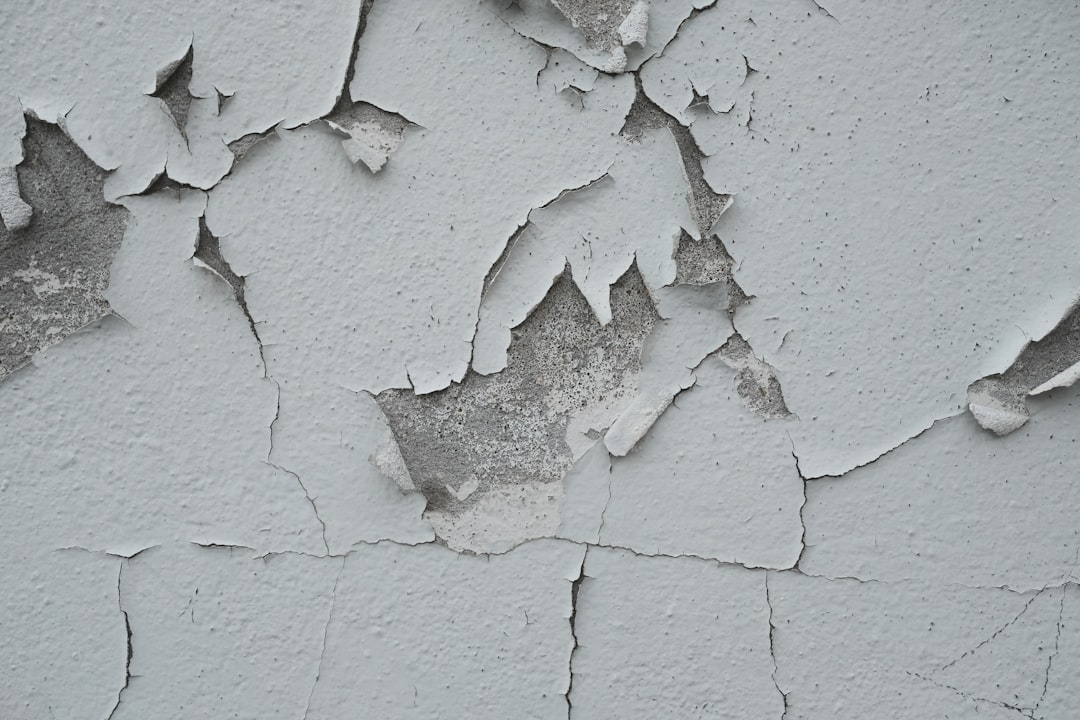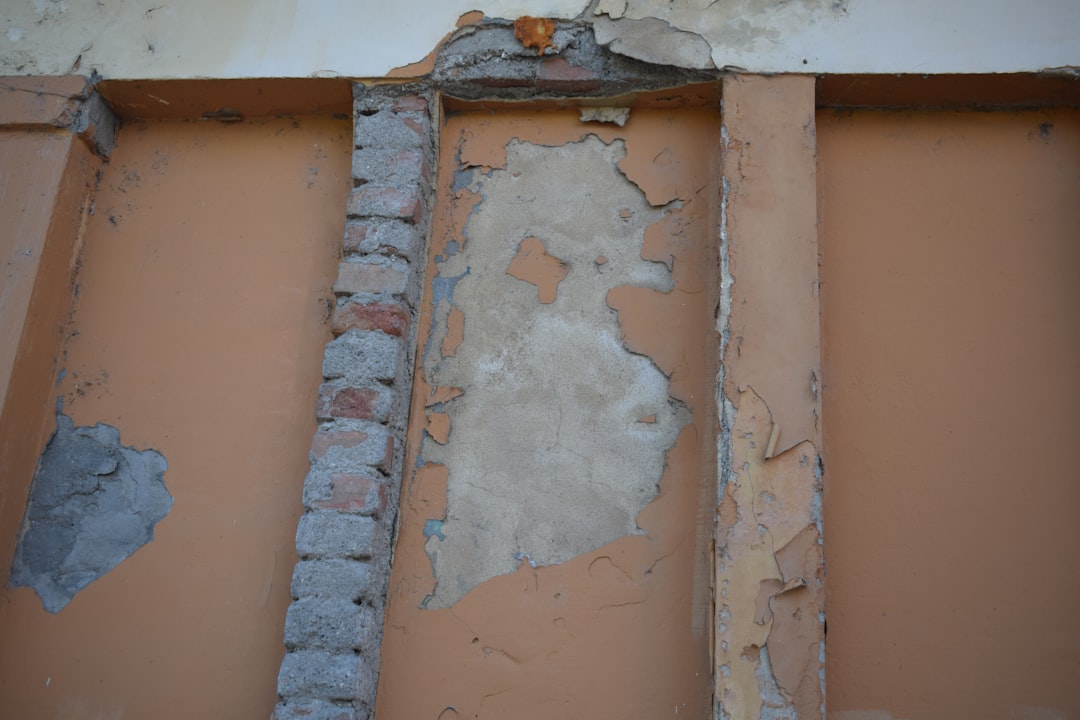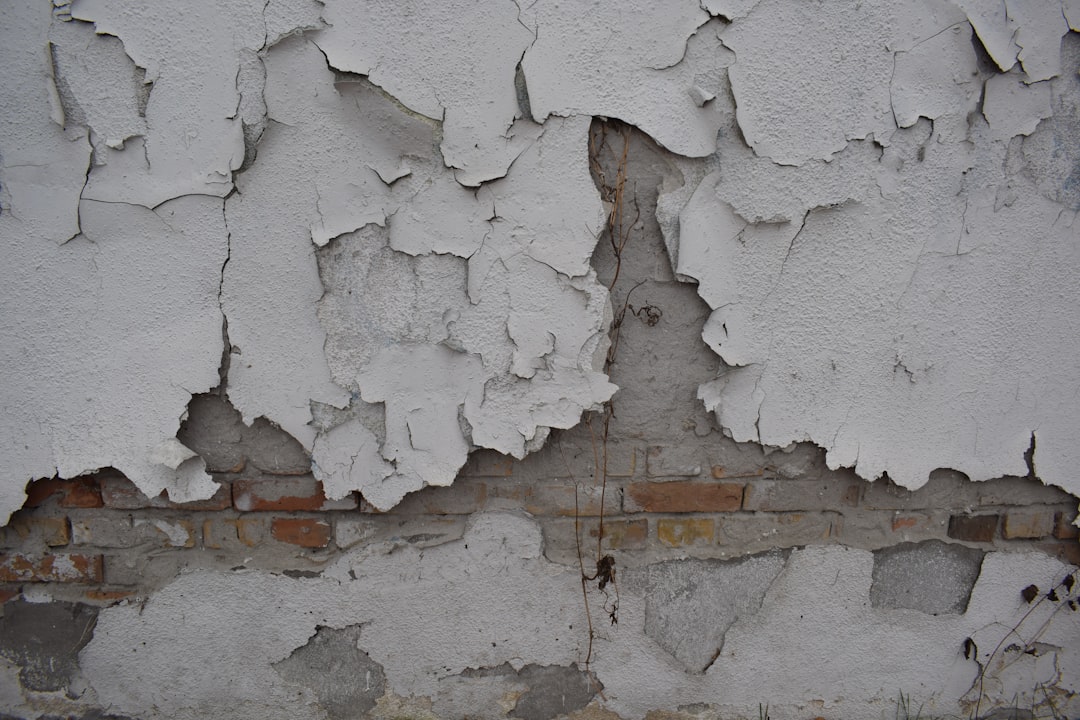

Engage prospects with a scan and streamline customer engagement with FREE QR code marketing tools by Sona – no strings attached!
Create a Free QR CodeFree consultation

No commitment

Engage prospects with a scan and streamline customer engagement with FREE QR code marketing tools by Sona – no strings attached!
Create a Free QR CodeFree consultation

No commitment
In the competitive world of drywall repair services, bridging gaps between offline technician workflows and digital support is no longer optional; it is a necessity for business growth. Many drywall repair providers still rely on paper invoices, printed repair guides that quickly become outdated, and manual follow-ups that often result in missed customer callbacks or lost data. These challenges slow down service and cause high-value prospects and actionable signals to slip through the cracks, especially when technicians or office teams cannot track which opportunities remain unpursued or where they fall out of the funnel.
QR codes have emerged as a pivotal tool for solving these persistent issues by instantly connecting on-site actions to digital systems. Drywall repair businesses that leverage QR codes at technician and customer touchpoints reduce lag in estimate delivery, streamline job documentation, and ensure timely follow-up. One-time scans become enriched data points that fuel faster sales cycles and higher customer satisfaction, while managers gain clear visibility into which channels and interactions create the most value.
This guide explores how drywall service providers can deploy QR codes to boost technician productivity, create frictionless customer journeys, and capture high-value leads. You will find practical examples for addressing industry pain points such as missed leads, limited visibility, and delayed outreach. The goal is to empower your drywall business to connect each offline encounter with digital insights, ultimately increasing revenue and retention through smarter, data-driven engagement.

The most costly gaps in drywall repair often occur between what happens in the field and what gets recorded in your digital systems. Paper estimates that never reach the CRM, business cards that get misplaced, and customers who intend to call but forget all lead to lost opportunities. QR codes bridge these analog touchpoints to immediate digital action, so every interested homeowner or property manager can submit job details, request a quote, or book a visit on the spot. For technicians, QR-enabled forms and resource links keep work accurate and efficient, even when schedules are tight and conditions vary from one jobsite to the next.
Think of QR codes as a light switch for activation: scan once and the right workflow begins. You can turn static materials like door hangers, yard signs, van wraps, and invoices into interactive portals that route customers to the best next step. Meanwhile, your team benefits from cleaner data, fewer manual entry tasks, and a unified view of pipeline activity. The outcome is a faster estimate-to-appointment cycle, less admin overhead, and stronger conversion rates.
Advanced platforms like Sona QR can automate code creation, dynamic destination management, and CRM integration. As you scale, this ensures every scan travels a defined path from interest to qualified lead, without bottlenecks or data loss.

Drywall repair companies rely on consistent lead flow and accurate job documentation to keep schedules full and margins healthy. Yet most engagement still begins offline, whether that is a passerby noticing your van or a homeowner seeing a yard sign in their neighborhood. Without a clear offline-to-online bridge, many of these moments fail to convert, and offline attribution remains murky. QR codes make it simple for prospects to take immediate action, while your team captures and routes details to the right system in seconds.
From a customer’s perspective, convenience is everything. People want answers quickly and have little patience for voicemail tags or dense contact pages. A visible QR code with a concise promise, such as Scan to get your estimate today, reduces effort and builds trust. For your team, QR technology provides clarity about which materials work best. Appointment cards, direct mailers, and door hangers can finally be measured with real engagement data, and budgets can be shifted to the placements that drive the most conversions.
When QR codes are woven into everyday touchpoints, drywall repair providers can respond faster, reduce leakage in the funnel, and reinforce a more modern, trustworthy brand experience.

Not all QR codes are created equal, and different formats serve distinct purposes. Drywall repair teams can use a mix of formats to support lead capture, client communication, documentation, and training. Choosing the right destination for each scenario ensures scans produce the exact action you need, without detours or confusion.
Dynamic codes are especially valuable because they let you change the destination later while preserving the original print asset. A van wrap printed with a QR can continue working even if you modify your scheduling app or switch landing pages. That flexibility protects your marketing investment and keeps content aligned with your current offers and processes.
For drywall repair services, web links and forms are the most common formats for lead capture and documentation, while SMS or email codes support quick communication. With Sona QR, you can generate, brand, and manage these formats in one place, while tracking performance across all campaigns.

The biggest growth opportunities often hide in plain sight: the surfaces and moments your customers already encounter. From van wraps at curbside to job completion paperwork on the kitchen counter, you can turn frequent touchpoints into effective conversion paths. Starting with a few high-visibility placements allows you to collect early data, optimize your calls to action, and quickly identify what resonates with different neighborhoods or customer segments.
It also helps to think beyond acquisition. QR codes can fuel retention through post-service care, such as quick links to warranties, maintenance tips, and review prompts. By promoting ongoing engagement, you keep your brand top of mind for future repairs or referrals. The more you make it easy for customers to interact digitally, the more consistent and measurable your pipeline becomes.
By closing the loop between physical presence and digital follow-through, you can identify the placements that produce the highest-quality leads and double down on what works.

Drywall repair involves repeatable processes that benefit from clarity, speed, and documentation. QR codes turn each step into a simple, trackable action, making it easier for customers to commit and for technicians to stay on task. From initial inquiry to job completion, the right use cases align to reduce friction and increase accountability.
Well-designed QR workflows also elevate the customer experience. When you give clients a fast way to get answers, upload photos, or request warranty support, you signal professionalism and respect for their time. These details compound into higher satisfaction, more referrals, and a stronger local reputation.
Each use case supports measurable outcomes such as shorter follow-up delays, more complete job histories, and fewer disputes. You can expand from these core scenarios to additional workflows like referrals, seasonal promotions, and maintenance guidance.
Every scan tells a story: who engaged, where, when, and what they did next. By distributing QR codes across touchpoints and journeys, you can automatically build segments that reflect real intent. A scan from a jobsite sign might indicate an immediate need, while a scan of a drywall repair tips flyer may reveal a DIY researcher who could convert later with the right offer. This context allows for timely and relevant follow-ups rather than generic outreach.
Segmentation does not need to be complex to be powerful. Start by distinguishing between urgent repair prospects, quote-ready homeowners, and satisfied customers who can refer you. Integrate scan data with your CRM so your team can trigger emails, texts, or ad audiences tailored to each group. The result is an always-on pipeline that reacts to actual behavior rather than assumptions.
For activation tactics, see Sona’s retargeting playbook.
Drywall repair firms often invest in physical marketing without reliable attribution. QR codes convert print and out-of-home assets into measurable digital gateways that reveal what works and why. When each flyer, card, or wrap carries a unique code, you can see the full impact of your local presence and refine your mix based on performance.
Beyond tracking, QR codes unify the experience for customers who encounter your brand in different places. Someone might see your vans around town, receive a postcard, and later visit your Instagram profile. If each touchpoint offers a clear scan-to-action path, you minimize friction and create a coherent journey from awareness to booking.
A centralized platform such as Sona QR enables you to manage codes, monitor side-by-side performance, and sync scan activity with your CRM. This turns previously opaque channels into controllable, optimizable investments.
Effective QR campaigns begin with clear goals and finish with measurable impact. You want every scan to produce a specific result and every result to roll up into business outcomes like booked appointments, closed jobs, and higher lifetime value. Treat QR as a system, not a one-off tactic, and you will build repeatable wins.
Start small to move fast. Pilot two or three use cases, document results, and iterate based on the data. Once you know your strongest placements and messages, scale with confidence across vehicles, print assets, and technician kits. The framework below can guide your rollout.
Identify the single most valuable action you want from a scan, then map the shortest path to that action. For many drywall repair teams, it is an estimate request or appointment booking. For others, it could be documentation improvements such as photo uploads and checklists.
Select static or dynamic based on whether you will need to change destinations and track performance. In nearly all marketing scenarios, dynamic codes are preferable for flexibility and measurement.
Design influences scan rates as much as placement. Make sure your codes are easy to spot, simple to scan, and instantly clear about the value they provide.
Roll out in the places your audience already pays attention. Prioritize assets with repeat exposure or long dwell time where scanning is convenient and expected.
Treat every campaign as a learning opportunity. Monitor performance frequently and adjust quickly to capitalize on what is working.
Knowing that a scan occurred is useful, but the business impact lies in understanding what happened next. Did the scan lead to an estimate request, an appointment, or a completed job? Which placements produce high-intent interactions, and which generate noise? By connecting scan data to your CRM and financial systems, you can track how QR touchpoints contribute to pipeline and revenue.
Two layers of reporting matter most. First, channel and placement analytics show which assets generate engagement. Second, conversion analytics reveal what percentage of scanners progress through the steps that matter. Bring both layers together to create a clear picture of ROI. Over time, this helps you budget with confidence, coach technicians effectively, and demonstrate marketing effectiveness to stakeholders.
Sona QR captures real-world engagement, while Sona.com helps unify scans with web visits, ad clicks, emails, and CRM activity. Together, they form a closed-loop view of the customer journey from first scan to signed work order.
Once you have proven that QR codes can drive lead capture and streamline documentation, the next milestone is scale. Scaling is not just about printing more codes; it is about creating a system where every scan automatically triggers the right experience and every experience feeds learning back into your strategy. By implementing a few best practices, you can expand the impact of QR across your service area without losing control or clarity.
Focus on clarity, speed, and context. Make your calls to action benefit-driven and simple, shorten forms to the essentials, and tailor messaging to the placement environment. Technicians also play a critical role by explaining QR options at the right moments, which can significantly increase scan rates and customer satisfaction.
Creative deployment ideas include adding a small QR sticker inside kitchen sink cabinets near common water leak areas to prompt fast repair requests when issues arise, or including a QR on patch kit packaging that offers professional help if a DIY attempt becomes more complex. These touches meet customers at the moment of need and boost conversion with minimal cost.
QR codes give drywall repair businesses a practical way to convert real-world attention into measurable action. By putting simple, benefit-driven scans on the surfaces your customers already see, you can accelerate estimates, improve documentation, and strengthen follow-up. The payoff is not just operational efficiency; it is also better attribution, clearer forecasting, and a more consistent customer experience from first impression to finished repair.
The companies that win will be those that treat QR as part of a connected system. Each scan should route to a clear destination, add context to your CRM, and trigger the next best step. With Sona QR, you can create, brand, and manage codes at scale; with Sona.com, you can connect those scans to revenue using identity resolution and multi-touch attribution. Start creating QR codes for free.
QR codes have revolutionized drywall repair services by transforming traditional technician support into an efficient, data-driven process. They streamline access to repair guides, job histories, and client information right at the technician’s fingertips, enhancing both speed and accuracy on the job. Imagine instantly equipping your team with up-to-date resources and tracking every scan to optimize workforce productivity and customer satisfaction.
With Sona QR, you can create dynamic, trackable QR codes tailored for drywall repair workflows—update instructions on the fly without reprinting, monitor technician engagement, and connect each scan to improved service outcomes. This technology not only supports your technicians but also strengthens client trust through faster, more reliable repairs.
Start for free with Sona QR today and empower your drywall repair services to deliver smarter, faster, and more connected support on every project.
While the article focuses on drywall repair services and technology, it does not provide specific instructions on how to repair a hole in drywall.
The article does not specify the average cost of drywall repair.
The article suggests that drywall repair businesses use QR codes on vehicles, signage, and print materials to connect customers with estimates and bookings, but it does not provide specific location recommendations for finding services.
QR codes connect offline technician workflows to digital systems instantly, reducing delays in estimate delivery, streamlining job documentation, enabling timely follow-up, and providing managers with visibility into lead sources and pipeline activity.
Using QR codes allows businesses to replace outdated paper processes with digital forms, capture accurate data quickly, track key performance indicators, enable dynamic content updates, generate actionable attribution data, improve customer convenience, and increase conversion rates and operational efficiency.
Use Sona QR's trackable codes to improve customer acquisition and engagement today.
Create Your FREE Trackable QR Code in SecondsJoin results-focused teams combining Sona Platform automation with advanced Google Ads strategies to scale lead generation

Connect your existing CRM

Free Account Enrichment

No setup fees
No commitment required

Free consultation

Get a custom Google Ads roadmap for your business






Launch campaigns that generate qualified leads in 30 days or less.
